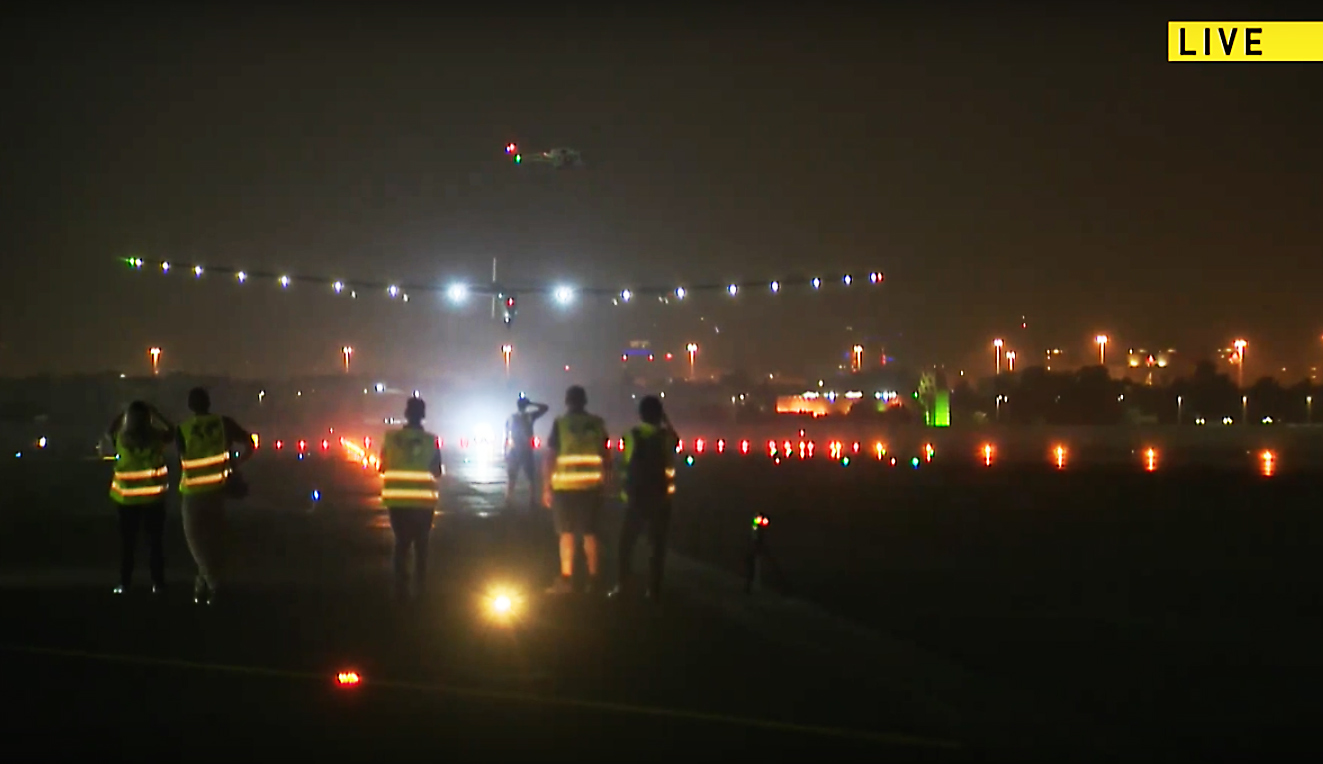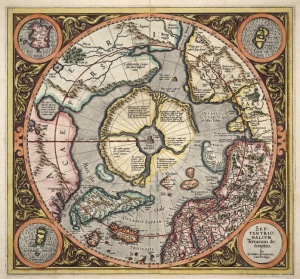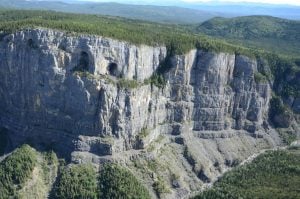
History
Parks Canada places commemorating the First World War
Sites across Canada honouring the war
- 1412 words
- 6 minutes
This article is over 5 years old and may contain outdated information.
Science & Tech

Two Swiss pilots have landed their solar-powered aircraft after a 17-leg, 40,000 kilometre journey around the world powered entirely by renewable energy.
Bertrand Piccard and André Borschberg set the Solar Impulse 2 (Si2) down in Abu Dhabi in the early hours of July 26, completing a historic trip that began more than a year ago. The Si2 left Abu Dhabi on March 9, 2015, making stops in Oman, India, Myanmar and China and setting a world record for the longest solar-powered flight while crossing the Pacific Ocean from Nagoya, Japan to Kalaeloa, Hawaii. Unfortunately, the plane’s batteries sustained damage from overheating on that trip; new parts were ordered, but with the days growing shorter in the northern hemisphere, the decision was made to store the plane until 2016.
The Si2 resumed its voyage in April and made several stops in the continental United States before crossing the Atlantic. The final leg of the journey, from Cairo, Egypt to Abu Dhabi, took two days and 37 minutes and used about 918 kilowatt hours of solar energy.
The successful circumnavigation of the globe represents the realization of a lifelong dream for Piccard and Borschberg, who hope to develop and promote other solar-powered technologies.
“The future is clean. The future is you. The future is now. Let’s take it further,” Piccard told the crowd that gathered in Abu Dhabi to welcome the Si2.
The plane is powered by 17,000 photovoltaic cells, which transfer solar energy to four electric motors that drive its propellers. It’s also equipped with four batteries that enable it to fly at night. Loaded, the plane weighs just 5,100 pounds, or about as much as a minivan, and can travel up to 140 kilometres per hour at a maximum cruising altitude of 39,000 feet.
Check out the video below to see the Si2 in action:
Are you passionate about Canadian geography?
You can support Canadian Geographic in 3 ways:

History
Sites across Canada honouring the war

Mapping
Maps have long played a critical role in video games, whether as the main user interface, a reference guide, or both. As games become more sophisticated, so too does the cartography that underpins them.

People & Culture
In this essay, noted geologist and geophysicist Fred Roots explores the significance of the symbolic point at the top of the world. He submitted it to Canadian Geographic just before his death in October 2016 at age 93.

Exploration
2022 is the International Year of Caves and Karst. Here’s why you should care about the hidden worlds beneath our feet.